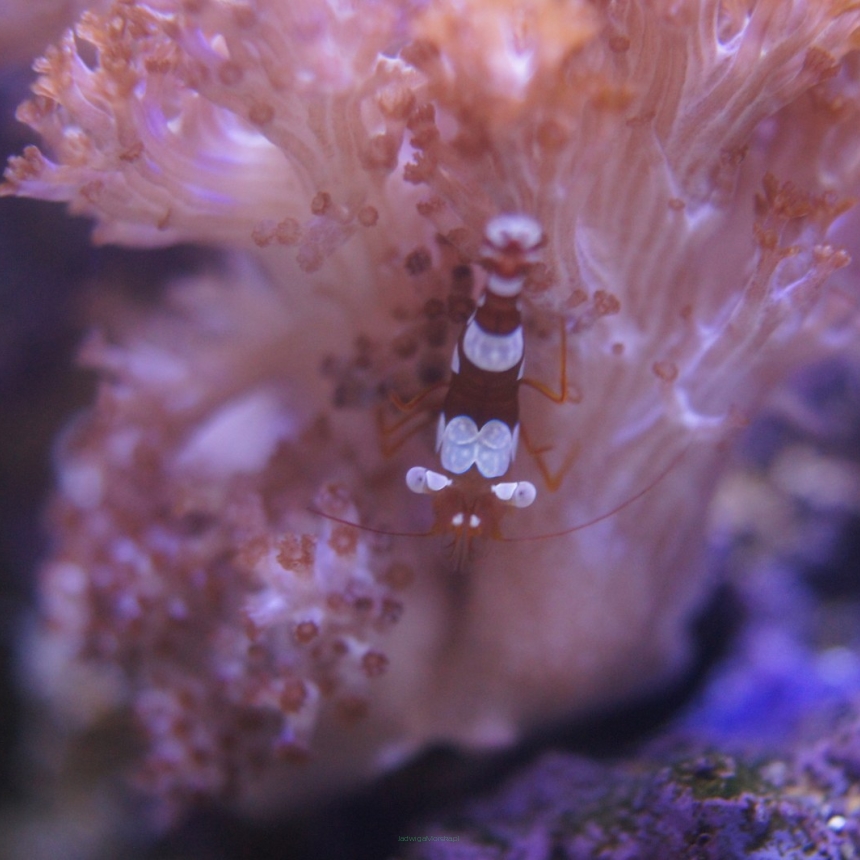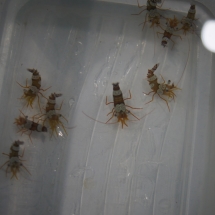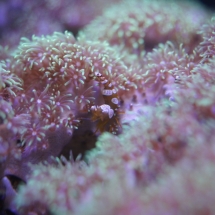



 Exists
(18 szt.)
Exists
(18 szt.)
Thor amboinensis, also known as the Sexy Anemone Shrimp or squat shrimp, is a species of marine shrimp from the Hippolytidae family. Here is a general description of this species and information about its breeding:
Description of the species Thor amboinensis:
Appearance: Thor amboinensis has a small, transparent body covered with red or pink spots and stripes. It is characterized by long and elongated pincers and slim, two antennae on its head. Its attractive coloring makes it a popular addition to marine aquariums.
Size: Individuals of this species typically reach a body length ranging from 1.5 to 3 centimeters.
Behavior: Thor amboinensis is a shrimp with a calm demeanor that often forms symbiotic relationships with sea anemones. They live in colonies and are mainly active at night.
Breeding Thor amboinensis in marine aquariums:
Aquarium: An aquarium intended for breeding Thor amboinensis should be adequately equipped with hiding spots and places for shelter. These shrimp need shelter and space for exploration. Decorations, such as corals or rocks, can provide a natural environment.
Water Parameters: Maintaining stable water parameters is crucial. The water in the aquarium should have a temperature ranging from 24-28°C (75-82°F) and the appropriate salinity level, typically between 1.023 and 1.025. Good water filtration and regular water changes are also important.
Feeding: Thor amboinensis are detritivorous shrimp that feed on organic debris and small particles in the water. In the aquarium, they can be fed with various food sources such as frozen crustaceans, shrimp food, plankton, and microorganisms.
Breeding Thor amboinensis in marine aquariums is relatively straightforward, provided suitable environmental conditions and access to food are provided. These shrimp are valued in marine aquariums for their beautiful appearance and their beneficial impact on the aquarium's ecosystem. However, it's important to monitor their population and provide them with adequate shelter and food.